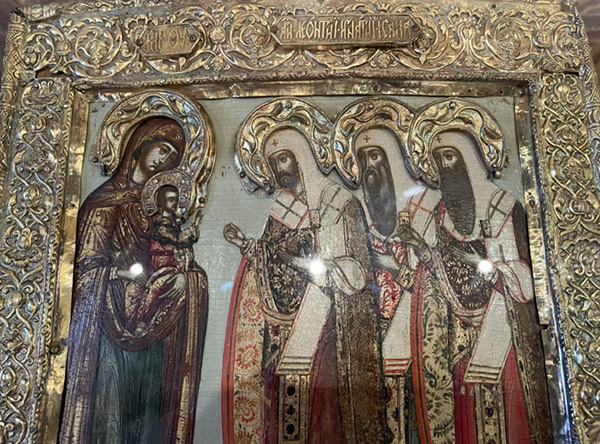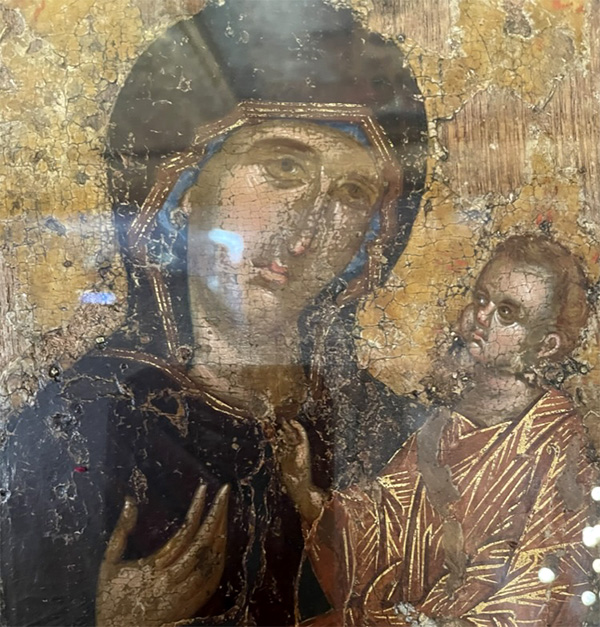
The iconography of the Theotokos, or the Mother of God, holds a central place in the Russian Orthodox Church, reflecting deep theological and spiritual reverence for the Virgin Mary. The tradition of depicting the Theotokos in Russia traces its origins to the Christianization of Kievan Rus in 988 AD, when Prince Vladimir accepted Byzantine Christianity, bringing with it the rich artistic traditions of the Eastern Roman Empire. The Byzantine influence profoundly shaped Russian religious art, particularly in the depiction of the Theotokos, whose images were revered not only as artistic expressions but also as instruments of divine grace.
The earliest icons of the Theotokos in Russia were modeled after Byzantine prototypes, such as the Hodegetria ("She Who Shows the Way") and the Eleusa ("The Tender One"). These icons depicted the Virgin Mary holding the Christ Child, often emphasizing her role as the Mother of God and intercessor for humanity. Over time, Russian iconographers began to develop their own distinctive styles and interpretations, infusing local cultural elements into the images of the Theotokos. The Vladimirskaya, an Eleusa-style icon brought from Byzantium to Russia, became one of the most venerated icons in the Russian Orthodox Church. It was believed to have protected the city of Moscow from invasions, further solidifying the Theotokos' role as the protector of the Russian people.

Among the most famous miracle-working icons of the Virgin Mary in Russia is the Kazanskaya icon, discovered in the city of Kazan in 1579. According to tradition, the icon was revealed to a young girl following a vision, and it quickly became associated with numerous miracles, including the deliverance of Moscow from Polish invaders in 1612. The Kazanskaya icon is revered as a symbol of national unity and divine protection and is often invoked in times of crisis. Another significant icon is the Smolenskaya, also known as the Hodegetria of Smolensk, which is believed to have guided Russian forces to victory against foreign invaders. These icons are not only central to religious devotion but also to the national identity of Russia, embodying the intercessory power of the Theotokos.
The history of the iconography of the Theotokos in Russia is a testament to the enduring significance of the Virgin Mary in the spiritual and cultural life of the Russian Orthodox Church. The miracle-working icons of the Virgin Mary, such as the Vladimirskaya, Kazanskaya, and Smolenskaya, continue to be venerated by the faithful, symbolizing the divine protection and guidance believed to be granted through the intercession of the Mother of God. These icons are powerful reminders of the deep connection between faith, art, and national identity in Russia, reflecting the profound reverence for the Theotokos that has shaped Russian Orthodoxy for over a millennium.




 Change language to English
Change language to English